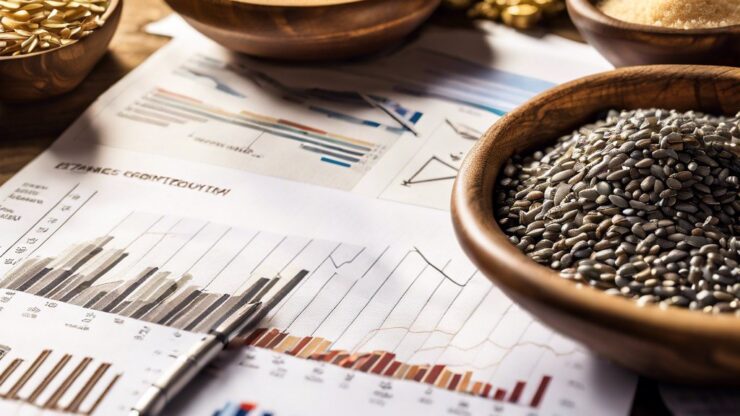Understanding the Raw Material Market
Investing in commodities can be a lucrative venture, but it requires a solid understanding of the market dynamics that drive prices. Raw materials like oil, gold, and agricultural products are not just essential for various industries but also serve as critical investment assets. In this section, we will explore the fundamental aspects of the commodity market, including its structure and the factors influencing price fluctuations.
Commodities are typically categorized into two main types: hard and soft commodities. Hard commodities are natural resources that are mined or extracted, such as metals and energy resources. Soft commodities, on the other hand, are agricultural products or livestock. Understanding these categories is vital for any prospective investor.
Strategies for Success in Commodities Investment
Investing in commodities can be rewarding, but it’s essential to adopt strategic approaches to minimize risks and maximize returns. Here, we will discuss effective strategies that seasoned investors use to navigate the complexities of the commodities market.
Key Strategies for Investing in Commodities:
- Diversification: Just like any other investment, don’t put all your eggs in one basket. Spread your investments across different commodities to mitigate risks.
- Understanding the Market Trends: Stay informed about global events, weather conditions, and political changes that can impact commodity prices.
- Utilizing Futures Contracts: Futures contracts allow you to buy or sell a commodity at a predetermined price, which can be a powerful tool for hedging against price swings.
- Monitoring Supply and Demand: Keep a close eye on the supply chain and demand metrics to make informed decisions.
By implementing these strategies, investors can position themselves for long-term success in the commodities market.
Evaluating Risks and Rewards in Commodities
Like any investment, commodities come with their own set of risks and rewards. Understanding these factors is crucial for making informed investment decisions. In this section, we will delve into the key risks associated with commodity investing and how to effectively assess potential rewards.
Risks to Consider:
- Price Volatility: Commodity prices can fluctuate significantly due to various factors, including geopolitical tensions, natural disasters, and changes in global demand.
- Market Manipulation: Be aware of the potential for market manipulation, especially in less regulated markets.
- Leverage Risks: Using leverage can amplify both gains and losses, making it essential to manage your exposure carefully.
Despite these risks, the rewards can be substantial. Commodities can serve as a hedge against inflation and provide diversification benefits to your investment portfolio. By carefully evaluating both the risks and rewards, investors can make strategic decisions that align with their financial goals.
Disclaimer
This article has been created or edited with the support of artificial intelligence and is for informational purposes only. The information provided should not be considered investment advice. Please seek the support of a professional advisor before making any investment decisions.






